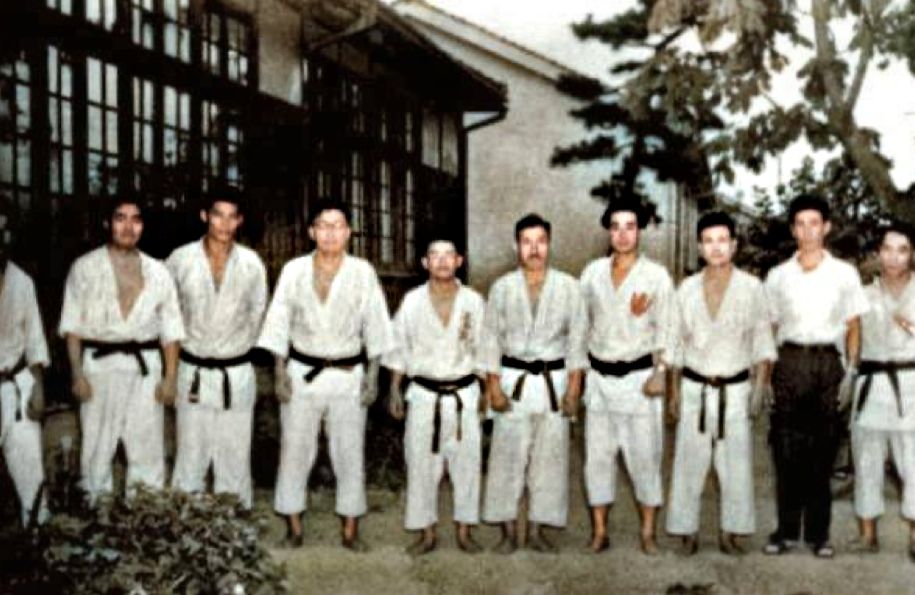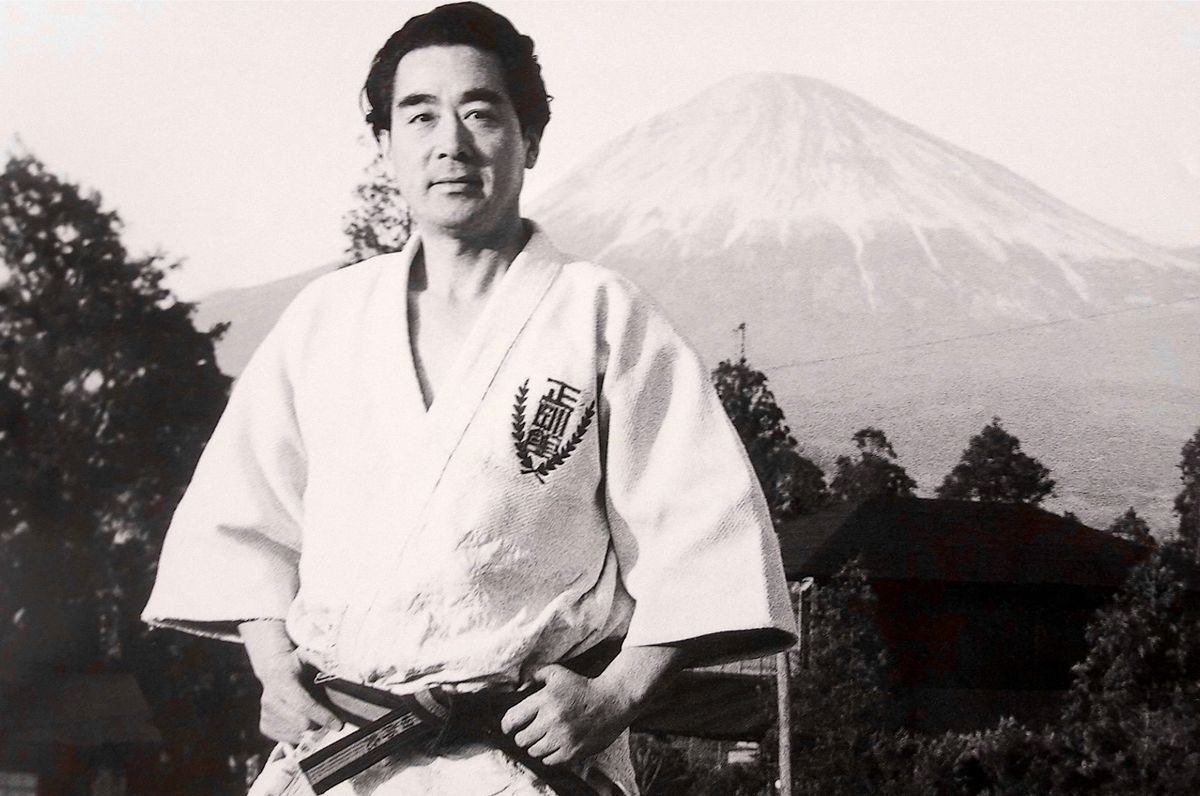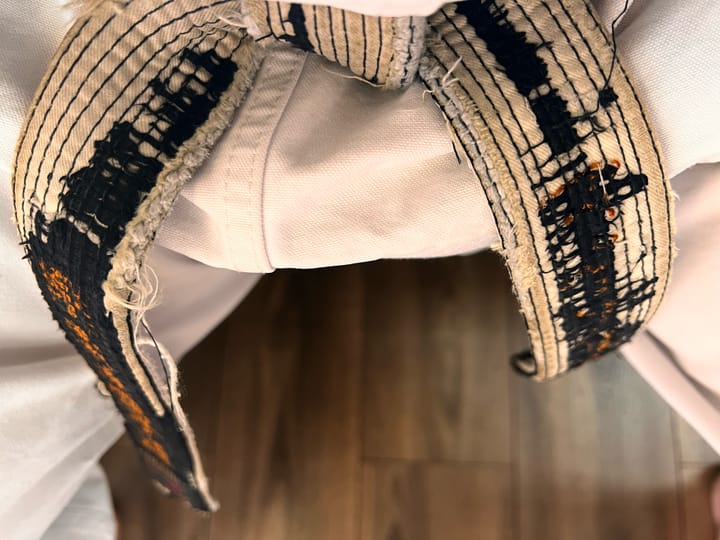Tsuki no Kata is a classic Goju Ryu kata. A complete guide to the kata is now available.
Tsuki no Kata literally means “Kata with Punches” — and metaphorically it means “good luck and fortune.”
In a way, the name of this kata is a clever pun because in Japanese the kanji for punch [thrusting strike] ( 突き ) and the kanji for moon (月) are pronounced nearly identically — they both sound like “tsuki” or “zuki.” Since the moon represents “good luck and fortune” this kata took on the metaphorical meaning of “good luck and fortune” as well.
Origins
This kata was created by Seigo Tada one of the most influential 20th century Goju Ryu karateka, and comes from a Southern Chinese Fujian White Crane kata taught to him by Ching Lou in Shanghai around 1937, when Tada traveled to China to study martial arts.
Possibly the original kata that it was based on has been lost, or more likely, Tada’s Tsuki no Kata is a composite of several other kata, and is therefore original.
Tada was deeply influential in building the Yakusoku Kumite that would later be adopted by all Goju Ryu dojo (and many other styles of karatedō). He also helped to codify a series of sanbon kumite as well.
Around 1939, Tada joined the Ritsumeikan University Karate Club (Kyoto, Japan) and was a direct student of Chojun Miyagi, the founder of modern Goju Ryu, and trained with him in Tokyo. In 1943 he was appointed Coach of the Karate Club of the University.

After graduation, he established several karatedō organizations, including Goju Ryu Seigokan in Kyoto, eventually leading about 120 Seigokan dojo with (at its height) about 200,000 students. In 1952 he helped establish the rules for kumite competition, and as part of that effort, he developed the original soft helmet for the head to protect karateka who were sparring.
Seigo Tada would go on to transmit Tsuki no Kata to other schools of Goju, and the kata eventually made its way to other styles of karatedō, including kyokushinkai.
To read the complete history and reference for Tsuki no Kata, please visit the Goju Students Kata Section here.
Editor's Note: Grateful acknowledgement is made to the Goju Karate 1st Kyu karateka group who assisted in editing and correcting the reference for Tsuki no Kata.





